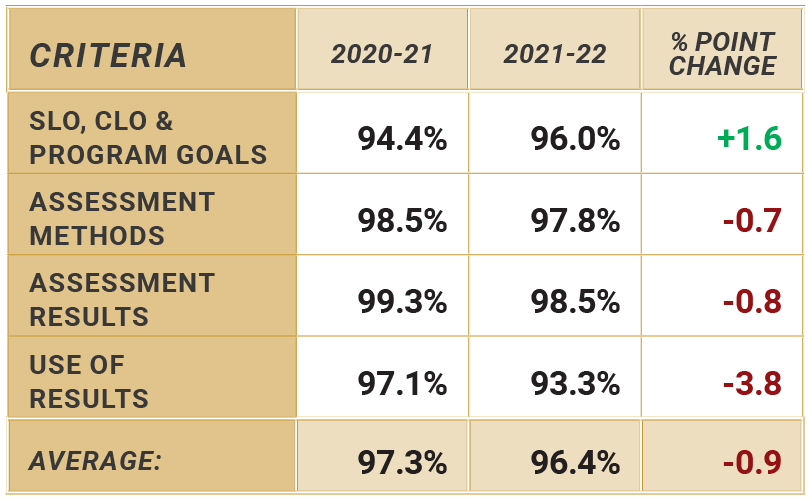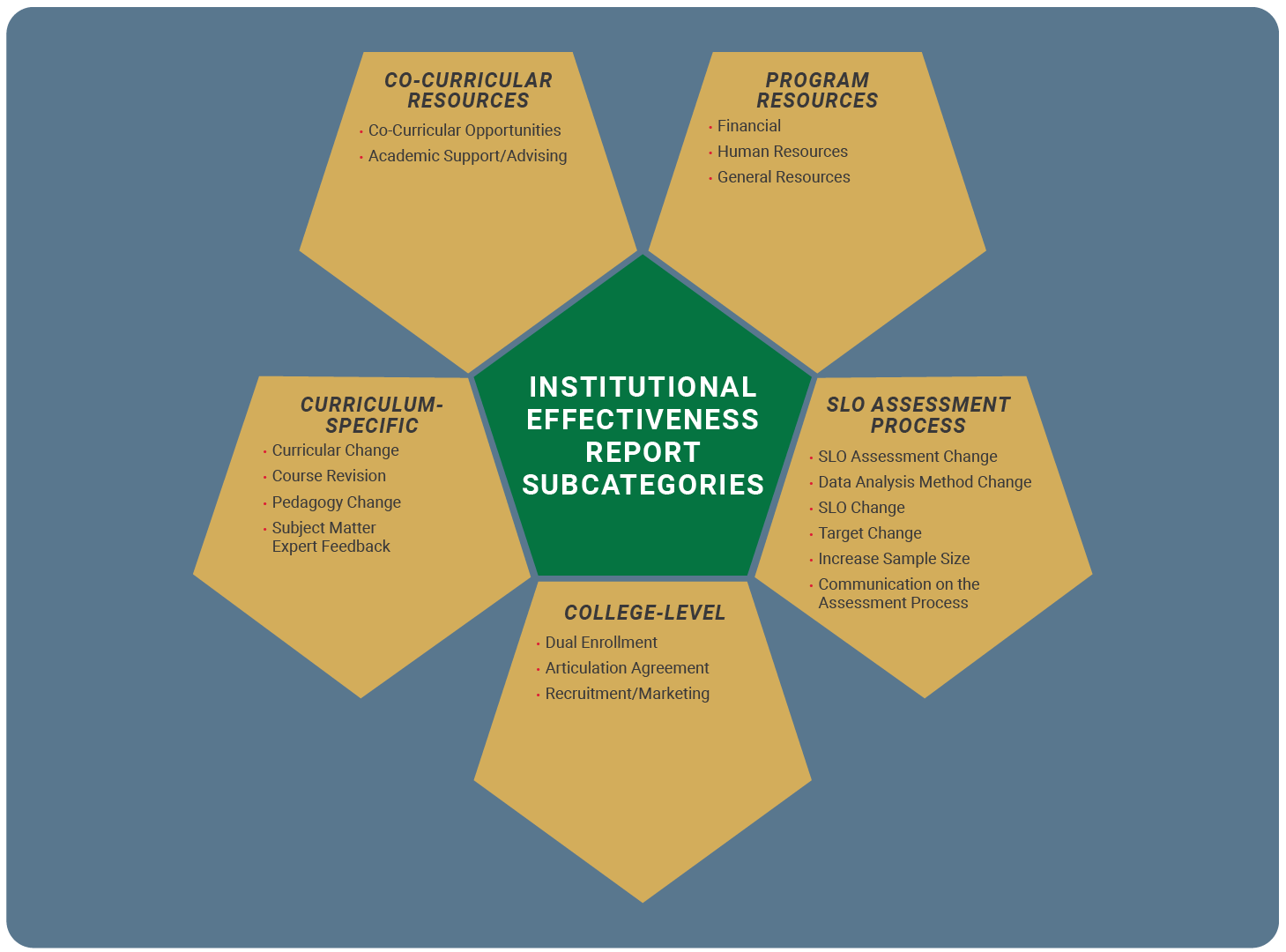Assessment
Student Learning Outcomes at NOVAOrigins of Assessment and Student Learning Outcomes
The assessment of student learning outcomes in higher education began during the 1980s in response to public criticism of both poor program and student performance at the college and university levels.1 The assessment movement officially began in 1985 at the first assessment conference in Columbia, South Carolina. Assessment was initially used as a procedure for determining student selection in higher education and around the mid-twentieth century, educators began to broaden assessment practices and focus was placed on instruction, student performance, and overall college and university worth. The goal was to respond to public concern about poor program and student performance in higher education by shifting focus to demonstrating program quality, accountability, quality of instruction, and standards in teaching and learning. Eventually, both federal and state governments came on board and demanded proof of standards in teaching and learning at the college level by agreeing that schools must join a nationally recognized regional accreditation agency to continue to receive government funding.2 Assessment of student learning outcomes is a requirement for regional accreditation.3
Why Assess Student Learning
Assessment of student learning is a process to collect and analyze student learning results with the intent to improve student learning.4 The assessment process provides essential feedback to the faculty and the students on how well student learning outcomes are being met. Assessment also provides evidence demonstrating that effective learning has taken place, and provides the instructor with meaningful information to reflect upon when preparing future instruction. Furthermore, assessment also informs internal and external stakeholders of the schools’ quality of programs, and it serves as a standard for regional accreditation.

Student Learning Outcomes are being met

Evidence demonstrating that effective learning is taking place

Instructor preparing for future instruction

Informing stakeholders of quality of programs
Why Assess Student Learning
Assessment of student learning is a process to collect and analyze student learning results with the intent to improve student learning.4 The assessment process provides essential feedback to the faculty and the students on how well student learning outcomes are being met. Assessment also provides evidence demonstrating that effective learning has taken place, and provides the instructor with meaningful information to reflect upon when preparing future instruction. Furthermore, assessment also informs internal and external stakeholders of the schools’ quality of programs, and it serves as a standard for regional accreditation.

Student Learning Outcomes are being met

Evidence demonstrating that effective learning is taking place

Instructor preparing for future instruction

Informing stakeholders of quality of programs
Assessing Student Learning at NOVA
Assessment of student learning is critical to ensure that students are gaining the knowledge and skills they need to be successful at NOVA. Each year, instructional programs conduct assessments on three student learning outcomes (SLO), one college-wide core learning outcome (CLO), and program goals, which include graduation and program-placement results. Instructional programs document four areas in their annual reports that address: 1) the outcome being assessed; 2) the method utilized to assess each outcome;
3) the results of the assessment; and 4) how the program will use the results to continuously improve student learning.
The data below illustrate the effectiveness and quality of reporting of
college-wide NOVA programs and disciplines at meeting the requirements of the four areas in the annual assessment report from the past two assessment cycles.5
The Five Subcategories of the Institutional Effectiveness Report
Core Learning Outcomes (CLO) Assessment at NOVA
Learn More
Core Learning Outcomes (CLO) Assessment at NOVA
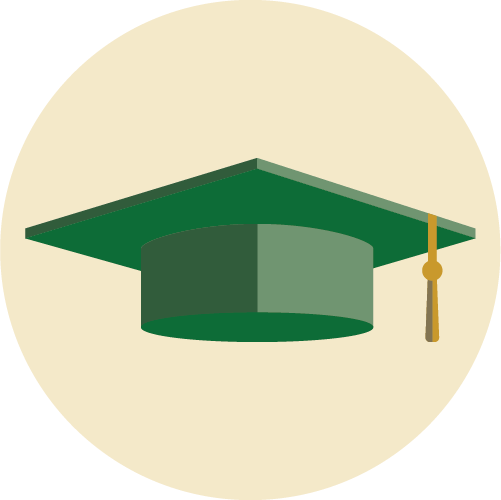
Why do we need CLOs?
Core learning outcomes are required for three essential reasons:
- For Faculty: Knowledge and improvement of teaching effectiveness
- For Students: To improve core student learning
- For Public Accountability: Also required by the Southern Association of Colleges and Schools Commission on Colleges (SACSCOC), the Virginia Community College System (VCCS), and the State Council of Higher Education for Virginia (SCHEV)
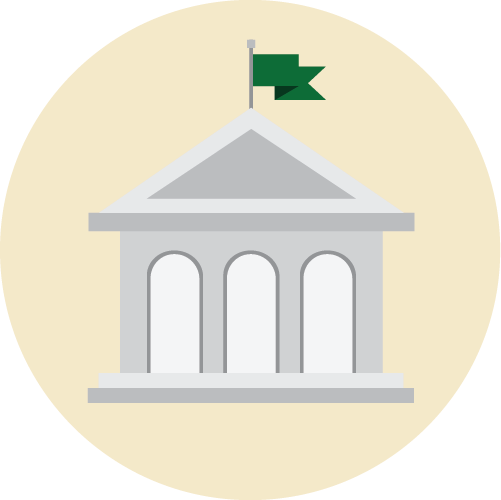
What are NOVA’s CLOs?
- Civic engagement
- Critical thinking
- Professional readiness
- Quantitative literacy
- Scientific literacy
- Written Communication

Who Should
Assess CLOs?
Who Should Assess CLOs?
All degree-awarding programs, stand alone disciplines, and select certificates should assess at least one CLO per year in addition to three SLOs for the programs and one SLO for
the disciplines.
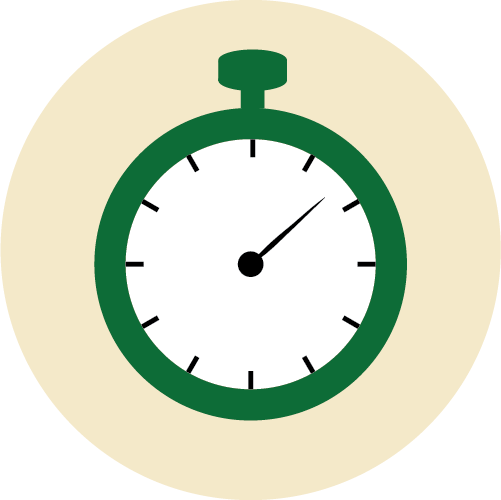
How often should we measure each CLO?
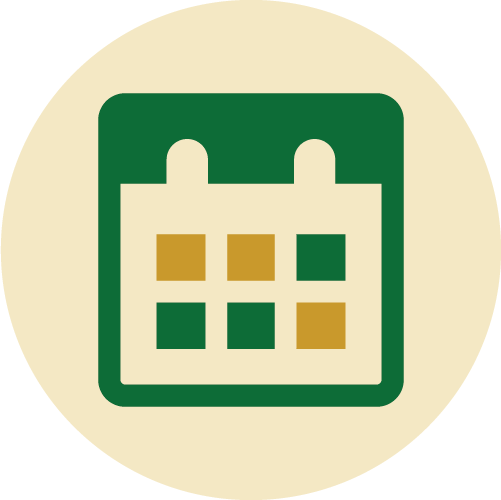
What is NOVA’s College-Wide CLO Assessment Schedule?
2023-24: Critical Thinking, Quantitative Literacy
2024-25: Civic Engagement, Written Communication
2025-26: Professional Readiness, Scientific Literacy
2026-27: Critical Thinking, Quantitative Literacy
2027-28: Civic Engagement, Written Communication
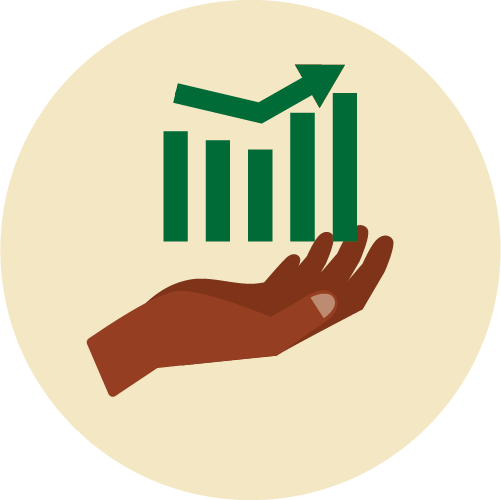
How do we Measure Overall Student Achievement of CLOs?
Citations
- Banta, T. (2002). Building a Scholarship of Assessment. San Francisco, CA: Jossey Bass.
- Altbach, P., Arthurs, A., Boyers, E., et al. (2003). Refinancing the college dream. Baltimore, MD: Johns Hopkins University Press.
- Southern Association of Colleges and Schools Commission on Colleges (SACSCOC). https://sacscoc.org/accrediting-standards/.
- Pacific Crest. (2000). Program Assessment Handbook. Lislie, IL: Pacific Crest, Inc.
- NOVA Office of Strategic Insights.
- Banta, T. (2002). Building a Scholarship of Assessment. San Francisco, CA: Jossey Bass.
- Altbach, P., Arthurs, A., Boyers, E., et al. (2003). Refinancing the college dream. Baltimore, MD: Johns Hopkins University Press.
- Southern Association of Colleges and Schools Commission on Colleges (SACSCOC). https://sacscoc.org/accrediting-standards/.
- Pacific Crest. (2000). Program Assessment Handbook. Lislie, IL: Pacific Crest, Inc.
- NOVA Office of Strategic Insights.
Learn More

Why do we need CLOs?
- For Faculty: Knowledge and improvement of teaching effectiveness
- For Students: To improve core student learning
- For Public Accountability: Also required by the Southern Association of Colleges and Schools Commission on Colleges (SACSCOC), the Virginia Community College System (VCCS), and the State Council of Higher Education for Virginia (SCHEV)

What are NOVA’s CLOs?
- Civic engagement
- Critical thinking
- Professional readiness
- Quantitative literacy
- Scientific literacy
- Written Communication

Who should assess CLOs?
the disciplines.

How often should we measure each CLO?

What is NOVA’s college-wide CLO assessment schedule?
2024-25: Civic Engagement, Written Communication
2025-26: Professional Readiness, Scientific Literacy
2026-27: Critical Thinking, Quantitative Literacy
2027-28: Civic Engagement, Written Communication

How do we measure overall student achievement of CLOs?
Citations
- Banta, T. (2002). Building a Scholarship of Assessment. San Francisco, CA: Jossey Bass.
- Altbach, P., Arthurs, A., Boyers, E., et al. (2003). Refinancing the college dream. Baltimore, MD: Johns Hopkins University Press.
- Southern Association of Colleges and Schools Commission on Colleges (SACSCOC). https://sacscoc.org/accrediting-standards/.
- Pacific Crest. (2000). Program Assessment Handbook. Lislie, IL: Pacific Crest, Inc.
- NOVA Office of Strategic Insights.



